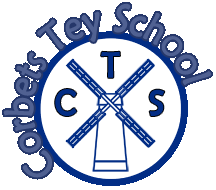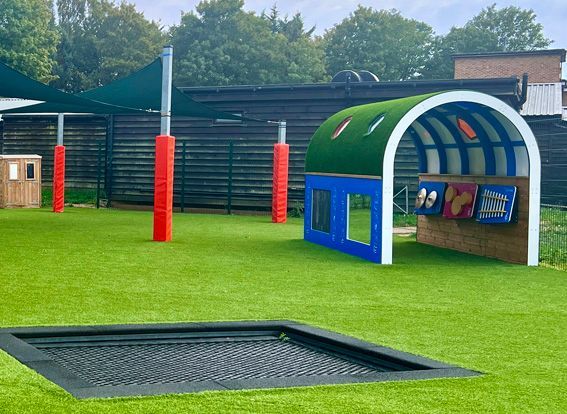Computing
At Corbets Tey School a key aim for us all is 100% engagement for all learners in every lesson.
Technology can provide the key to this and assist us in achieving it.
Our commitment is evident through our investment in technology but only where we believe that it can provide access and extend, enhance or transform our curriculum. Technology is used creatively and imaginatively in many different ways across our curriculum to remove barriers to achievement whilst motivating children to engage in their learning.
The Computing Curriculum provides opportunities for our students to develop logical thinking, problem solving, sequential instructions and making decisions which are all skills that are present, relevant and critical in everyday life and that understanding and using these specific skills expand our learners’ ability to develop functional life skills.
The Computing Curriculum at Corbets Tey School
We have developed a bespoke whole school framework within the three strands of the computing curriculum, Computer Science, Digital Literacy and Information Technology. This framework provides an inclusive and differentiated curriculum that links directly to the technology resources that we have at the school and ensures that staff can use them effectively, with a clear link to desired outcomes. We also hold Computing Days where students can all participate in a range of technology based activities and interact with all of the exciting and motivating technology resources that we have in the school. Through these whole school events and staff training, we aim to raise awareness in our staff of what resources are available and also to build their confidence in using technology effectively with their groups of students.
As a school with a high number of pre-verbal students and over 80% with a Speech, Language or Communication Need, technology has provided an eclectic range of solutions. We have an established an internal department for communication and interaction where students learning programmes are entirely personalized where learners receive daily 1:1 and group sessions that focus on their developmental communication pathways. All progress is measured using daily data sheets which are analysed weekly for progress. Technology plays an essential part in communication development where pre-verbal children can initially learn to express their wants and needs, for food or a preferred activity, progressing on to more sophisticated levels of social communication and ultimately access functional learning. Functionality is always at the core of communication programmes. Communication aids that we use range from iPad Minis with apps installed such as ProloQuo2Go, Snap Core First and Clicker Communicator as well as Windows based devices using Grid3 and Eye Gaze equipment and software.
We have a large number of iPad minis in use in the school that provide a voice for students who require an alternative method to communicate. Initially we focus on developing communicative intent and motivation and a belief in the value of their interactions with others; a particular challenge with children who have Autism. iPads with a communication grid made specifically for each student facilitates a means to have their requests answered and therefore their needs and wants met. Once a motivation and a mastery and fluency in using the device is achieved in a range of situations with different people, this can then be extended to become a functional method of communication for life.




